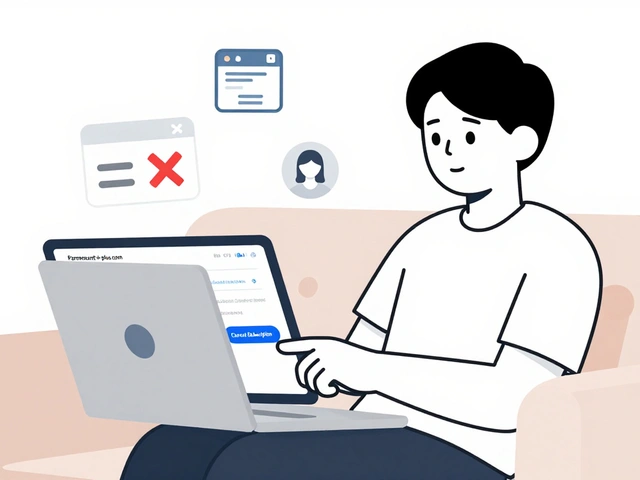Pharmaceutical Breakdown: What You Need to Know Today
Ever feel overwhelmed by the sheer amount of info on medicines? You’re not alone. Below you’ll get straight‑forward explanations for the most common drug topics, plus simple actions you can take right now.
How to Read a Drug Interaction Chart
A drug interaction chart is basically a table that shows which medicines can clash. Start by locating the drug you’re taking in the left column, then scroll across to see possible partners. If a cell is highlighted in red or says “avoid,” that combo can cause serious side effects. Green or “safe” means you’re good to go. When in doubt, call your pharmacist – they can double‑check the chart for you.
Practical tip: keep a digital note on your phone with the names of all prescription and over‑the‑counter meds you use. When a new prescription arrives, compare it to that note before you start the treatment.
Brand‑Name vs. Generic Drugs
Many people think brand‑name drugs are magically better. In reality, generics contain the same active ingredients, strength, and dosage form. The main difference is the price – generic versions are usually 80‑85% cheaper.
If you’re on a tight budget, ask your doctor or pharmacist if a generic is available. Most insurance plans favor generics, so you’ll also save on out‑of‑pocket costs. Just make sure the pharmacy gives you a reputable brand; look for approvals from the FDA.
Antibiotic Resistance: Why It Matters
Superbugs sound like sci‑fi, but they’re real and they’re spreading. When antibiotics are overused or taken the wrong way, bacteria learn to survive. That means common infections become harder to treat.
To protect yourself, finish the full course of any antibiotic, even if you feel better early. Never use leftover pills for a different infection, and only take antibiotics when a doctor prescribes them for a bacterial illness—not for colds or flu.
Pharmacogenetics: Your DNA Can Guide Medication
Pharmacogenetics studies how your genetic makeup affects drug response. A simple DNA test can reveal whether you’ll metabolize certain meds quickly, slowly, or not at all. This helps doctors choose the right dose or even a different drug entirely.
If you have chronic conditions or have experienced odd side effects, ask your healthcare provider about a pharmacogenetic test. It’s becoming more affordable and can prevent trial‑and‑error prescribing.
Quick Checklist for Safer Medication Use
- Write down every medicine you take, including vitamins.
- Check the expiration date before each use.
- Read the label for dosing instructions – don’t rely on memory.
- Store meds as directed (some need refrigeration, others a cool dry place).
- Ask your pharmacist any time you’re unsure about a new drug.
Following these steps cuts down the risk of mistakes and keeps you in control of your health. The world of pharmaceuticals can feel complicated, but breaking it down into bite‑size pieces makes it manageable. Keep this guide handy, and you’ll feel more confident about the meds you take.
6
Pharmaceutical Breakdown of Popular Meds: Mechanisms, Risks, and Interactions (2025 Guide)
Clear, practical breakdown of common medicines: how they work, what they treat, risks, and key interactions-updated for 2025 with Australia-focused tips.
Latest Posts
Popular Posts
-
 Paramount+ with Showtime vs. Peacock Premium vs. ESPN+: Which Sports Add-On Fits Your Viewing Habits?
Paramount+ with Showtime vs. Peacock Premium vs. ESPN+: Which Sports Add-On Fits Your Viewing Habits?
-
 Breakout Indies at the Box Office: How Word-of-Mouth Made These Films Blockbusters
Breakout Indies at the Box Office: How Word-of-Mouth Made These Films Blockbusters
-
 Dolby Vision vs. HDR10+: Which Dynamic HDR Format Wins for Streaming?
Dolby Vision vs. HDR10+: Which Dynamic HDR Format Wins for Streaming?
-
 Taxes and Currency: How International Streaming Billing Works
Taxes and Currency: How International Streaming Billing Works
-
 How to Cancel Paramount+: Step-by-Step Guide
How to Cancel Paramount+: Step-by-Step Guide



